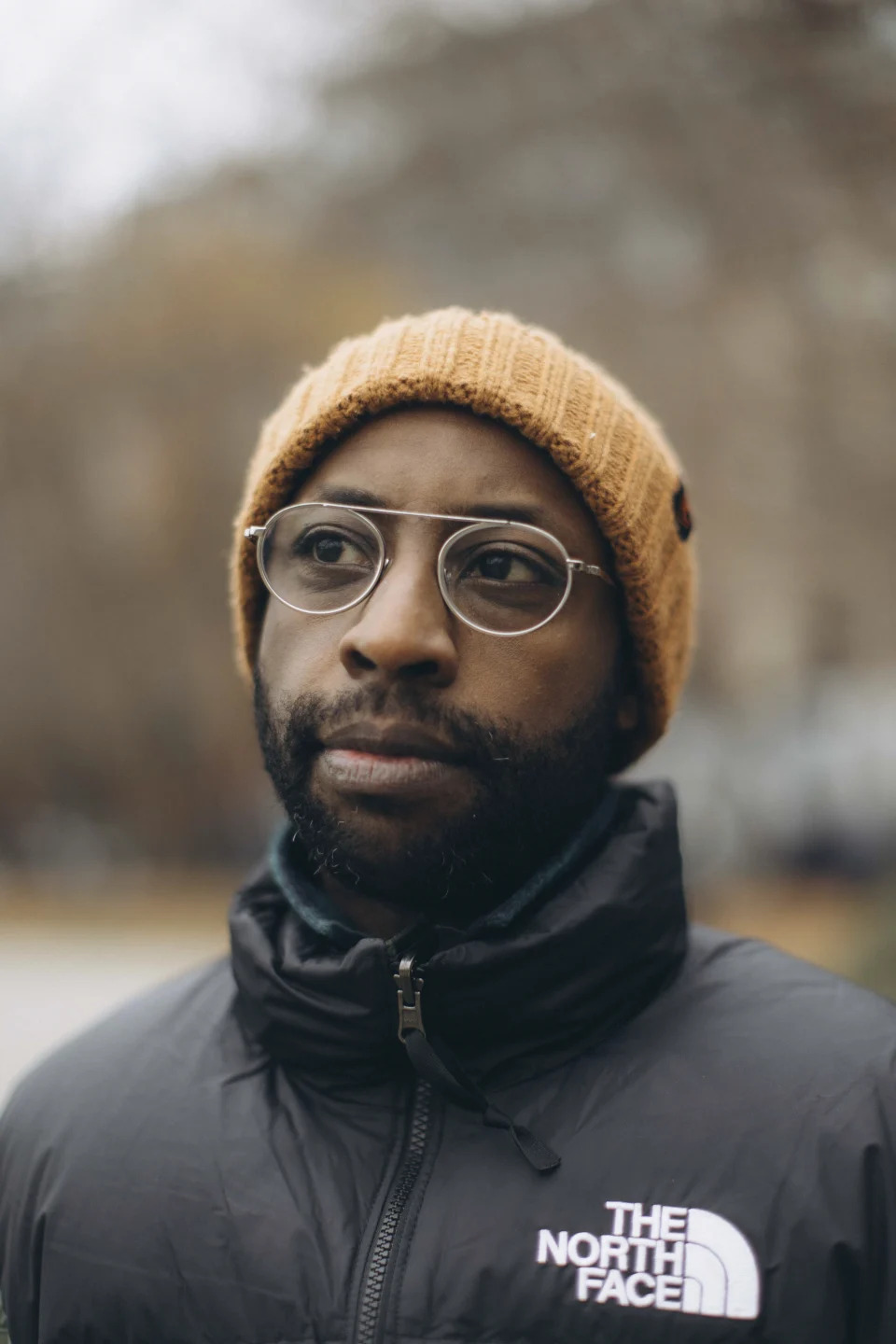The New York Times
Which Virus Is It This Time? New Yorkers Are Sick of Being Sick.
Kimiko de Freytas-Tamura and Nate Schweber – December 16, 2022

NEW YORK — For almost a month now, Sean Merriam has been walking around town with a stuffy nose and a mysterious cough that keeps clattering in his lungs. He knows it’s not COVID-19, because he tests regularly, and it’s not the flu, which he recovered from a few weeks ago.
The culprit may be the respiratory syncytial virus, known as RSV, that has been surging this season, but he’s not sure. It could be anything, really.
“I go through periods when I think it’s gone, and then I cough, and I’m like, yeah, it’s still there,” said Merriam, 55, a video editor who wheezed his way through McCarren Park in Brooklyn on Thursday. “It just won’t go away.”
His mystery virus is among a swirl of diseases assailing New Yorkers this winter with bewildering and miserable symptoms — a toxic cocktail made worse by cramped apartments, subway cars and classrooms, where masks are now optional.
In the face of such a relentless onslaught, New Yorkers appear to have mixed emotions, feeling apprehensive, weary and resigned to a new “new normal.” They are living not just among the coronavirus and its seemingly endless variants, but a bunch of other viruses too. Infectious disease experts have noted that other respiratory illnesses, such as rhinoviruses and adenoviruses, are also circulating.
“There’s always a sickness going on,” said Lester Sykes, 35, who lives in the Bedford-Stuyvesant neighborhood in Brooklyn and who was out walking Raja, his Pharaoh hound. “Everyone is hyperaware of their health now,” he said.
“It’s all about the feels until you get sick,” he said. “Then when you get sick, you’ve got to deal with it.”
According to city data, the number of COVID cases has jumped about 31% since Thanksgiving and now stands at about 3,600 per day. The actual total caseload is much higher, though, because that number does not include at-home testing, which is now prevalent. Meanwhile, flu cases have skyrocketed over the last two weeks and are at levels higher than at any point since 2018. A spot of good news: RSV appears to have peaked in mid-November and is on the decline, though its levels are also still high.
Although city officials have been recommending that New Yorkers wear masks in indoor public spaces, few are heeding that call. School attendance remains relatively high too, though it dipped a little recently. Restaurants and coffee shops are busy, and offices show no signs of closing. People are still going out to movies, music venues and cocktail bars.
Still, parents are worried, especially those of toddlers who were born at the start of, or during, the pandemic, when the lockdown protected them from germs and might have made them more vulnerable to the current crop of viruses
Merriam’s two daughters, 10 and 13, have had both the coronavirus and the flu. He never really worried about strep throat, but now that it is in the news — following fatal cases in Britain where nearly 20 children have died from strep A, a bacterial infection that causes strep throat — he is more attentive.
Dr. Matthew Harris, a Northwell Health physician who specializes in pediatric emergency medicine at the Cohen Children’s Medical Center in Queens, said that influenza and RSV appeared earlier than expected in the fall, and at higher volume and severity. RSV historically begins to peak in mid-to-late November and stays until the spring, he said, but this year, the virus arrived a month earlier.
RSV was the predominant viral cause of admission at Cohen followed by the flu, he said, while COVID was not a significant contributor. In the last seven days, he said, the hospital has averaged about 260 children in the emergency department daily and is operating at between 105% and 120% capacity.
He added that many children came with multiple viruses at the same time, for example, a combination of the flu and the coronavirus.
“Probably some of this has to do with the fact that children are now being exposed to viruses that they had not had any immunological exposure to over the past two years because of masking and social distancing and so forth,” Harris said. “The very nature of these viral illnesses has changed because of sort of the mitigation strategies that were taken.”
At Cohen, staff members are “overwhelmed,” he said, by the surge in visits and emergency room admissions and have to deal with a shortage of pediatricians, a nationwide trend.
“The percentage of kids requiring an admission to the ICU is not substantially higher than it’s been in the past,” he added, “but the total number of children presenting is far beyond anything I’ve ever seen. I can tell you that if you look back at the past 10 years of our children’s hospital, the seven busiest days have been in the last month.”
Judith Cabanas, 28, a mother of two who lives in Astoria, Queens, said she is anxious because her 5-year-old son, Benjamin, has been sick repeatedly for months.
“Every week or two weeks he’s been getting sick, fever, cough, runny nose,” she said. “I get scared.”
Cabanas has had to keep Benjamin home from school and said that she has to look for children’s Tylenol on Facebook, because stores have sold out. Although she is relieved that her 2-year-old daughter, Lily, seems to be healthy so far, she expects the season to get worse.
“I just want winter to be over,” she said.
